Types of Commercial Roofs
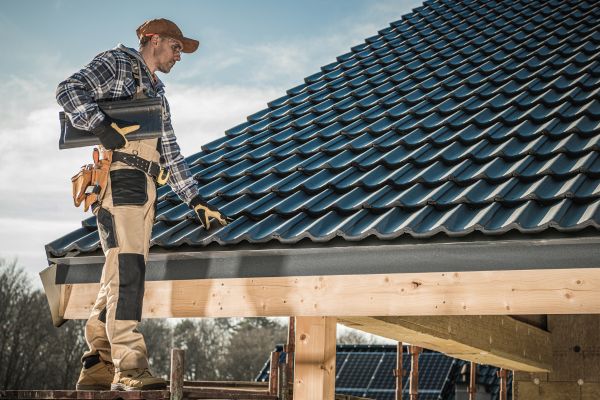
Built-Up Roofing (BUR)
A traditional flat roofing system made of multiple layers of bitumen and reinforced fabrics, finished with gravel or coating.
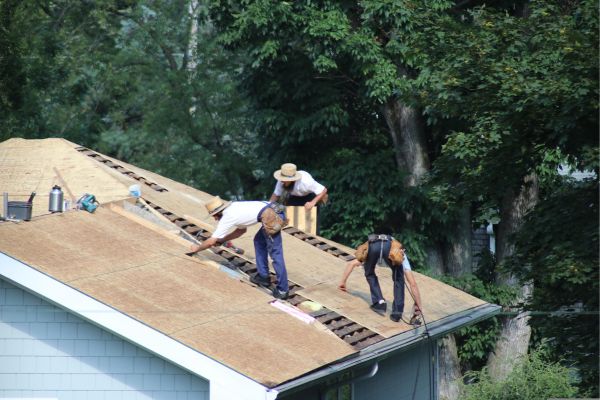
Modified Bitumen Roofing
An asphalt-based roof similar to BUR but enhanced with polymers, providing flexibility, durability, and resistance to extreme temperatures.
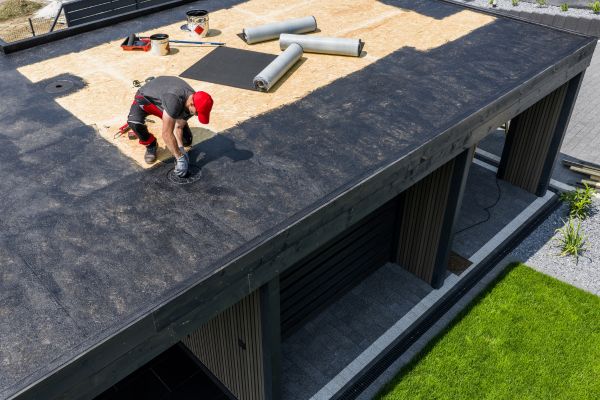
EPDM (Ethylene Propylene Diene Monomer)
A single-ply synthetic rubber membrane, highly durable, weather-resistant, and commonly used for low-slope commercial buildings.
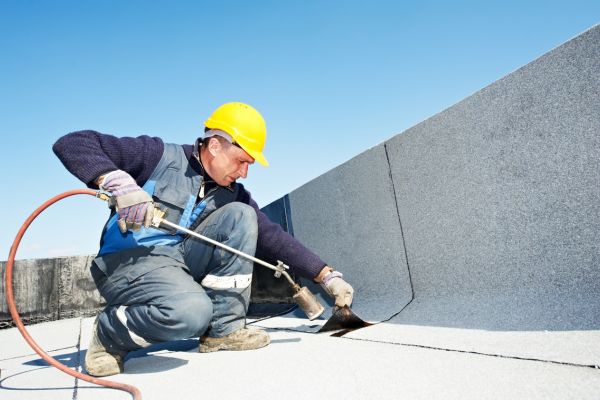
TPO (Thermoplastic Polyolefin)
A reflective single-ply roofing membrane known for energy efficiency, heat-welded seams, and resistance to UV and chemical exposure.
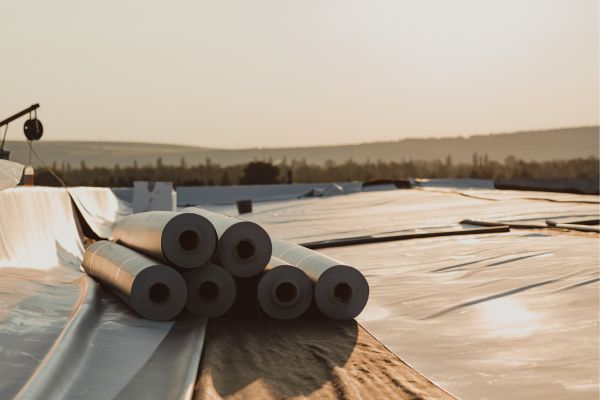
PVC (Polyvinyl Chloride)
A single-ply roofing system with heat-welded seams, offering excellent chemical resistance, durability, and energy-saving reflective properties.
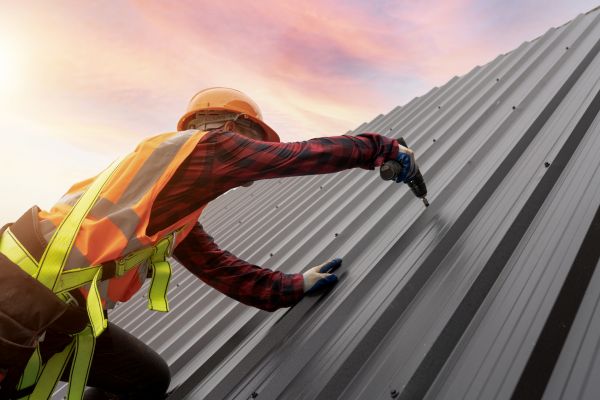
Metal Roofing
Made from steel, aluminum, or copper panels, metal roofs are long-lasting, fire-resistant, and suitable for sloped commercial structures.
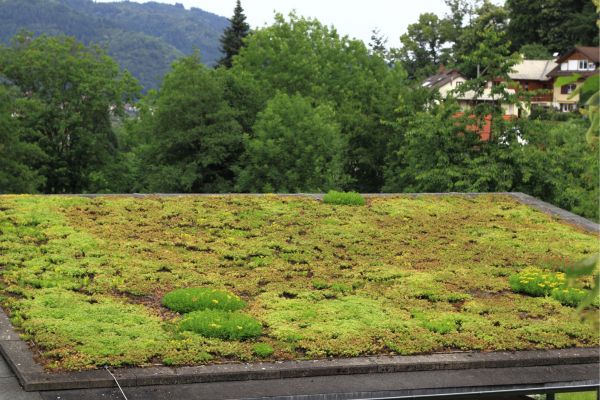
Green Roofing
An eco-friendly system featuring vegetation layers over a waterproof membrane, improving insulation, stormwater management, and air quality.

Spray Polyurethane Foam (SPF)
A seamless roofing system applied as liquid foam, providing insulation, waterproofing, and high energy efficiency in one application.
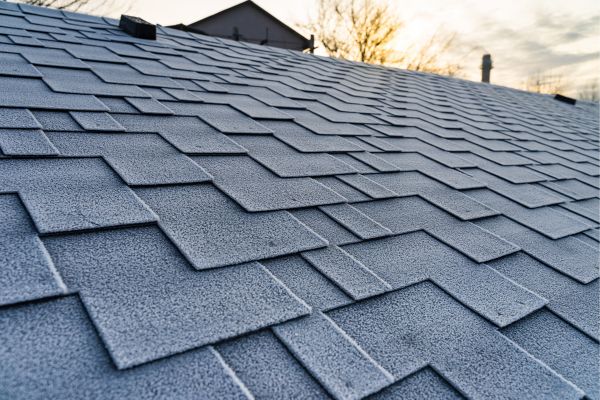
Shingle Roofing
Although more common in residential, shingles can be used on commercial properties with steep slopes, offering aesthetic appeal.
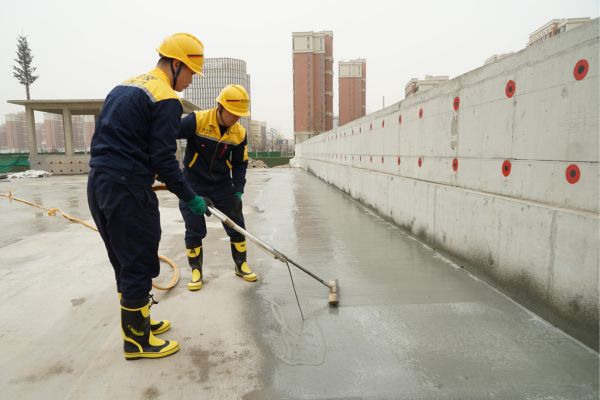
Liquid-Applied Roofing
A roof coating applied as a liquid membrane that cures to form a seamless, waterproof barrier over existing roofing surfaces.
